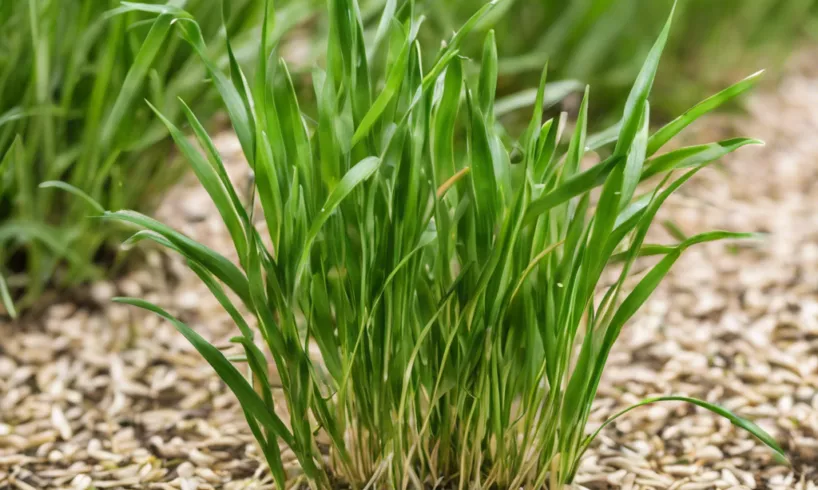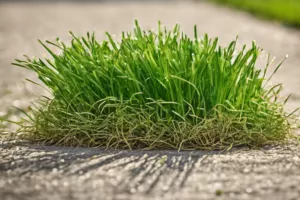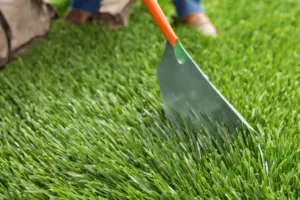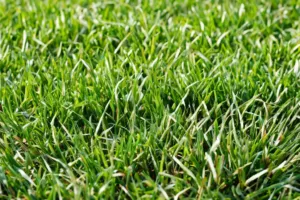
Understanding the Primary Aspect: Does St Augustine Grass Have Seeds?
In the world of lawn care and landscaping, St. Augustine grass holds a special place. It is a popular grass variety due to its adaptability to warm, coastal regions, and its distinctive blue-green hue. However, a frequently asked question is, “Does St. Augustine grass have seeds?” To answer this question, yes, St. Augustine grass does produce seeds. However, the seeds are often infertile and therefore not commonly used in propagation or lawn establishment.
An In-Depth Look at St. Augustine Grass and its Seed Production
St. Augustine Grass Characteristics
St. Augustine grass, also known as Buffalo Turf in Australia and Buffalo Grass in South Africa, is a warm-season lawn grass that is popular in tropical and subtropical regions. It is highly valued for its thick carpet-like coverage, robust growth, and good resistance to salinity and shade.
Seed Production in St. Augustine Grass
St. Augustine grass does produce seeds, but these seeds are often sterile. This sterility is due to the grass’s reproductive biology where it predominantly propagates vegetatively through stolons, which are horizontal above-ground stems. The seeds that are produced are typically not viable, meaning they don’t germinate well and are not a reliable method for grass propagation.
Special Notes for Landscaping and Lawn Care Enthusiasts
For those interested in establishing a St. Augustine lawn, it’s important to note that due to the infertile nature of its seeds, this grass is typically propagated through plugs, sprigs, or sod. These methods involve planting pieces of the grass, including roots and stems, directly into the soil.
Also, maintaining a St. Augustine lawn requires regular mowing to keep it at an optimal height of 2.5 to 4 inches. This promotes deeper root growth and overall lawn health.
Practical Advice for Growing and Maintaining St. Augustine Grass
If you’re considering St. Augustine grass for your lawn, here are some practical tips:
Choose the Right Method of Propagation
Since St. Augustine grass seeds are generally infertile, opt for propagation methods like sodding, plugging, or sprigging. These methods can provide a quicker establishment of the lawn compared to seeding.
Maintain Optimal Mowing Height
Regular mowing helps maintain your St. Augustine grass at its optimal height. This not only enhances its visual appeal but also promotes better health and vigor.
Watering and Fertilization
St. Augustine grass requires regular watering and fertilization. Ensure your lawn gets about 1 inch of water per week and use a slow-release nitrogen fertilizer to promote healthy growth.
To encapsulate, while St. Augustine grass does produce seeds, their infertile nature means they’re not typically useful for lawn establishment. Instead, other propagation methods like sodding, plugging, or sprigging are recommended. With proper care and maintenance, St. Augustine grass can be a beautiful, robust addition to your landscape.

Bob Green, a passionate lawn care enthusiast with over two decades of landscaping experience, is this website’s proud owner. His vast knowledge of horticulture and dedication to helping homeowners maintain beautiful lawns are reflected in the valuable content he shares on his platform. John has always been interested in Agrostology.














